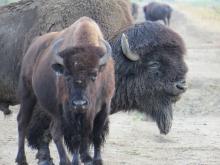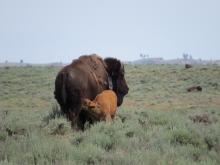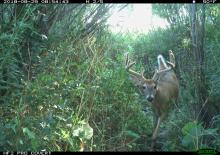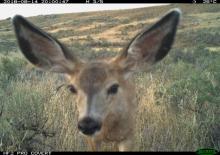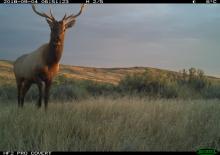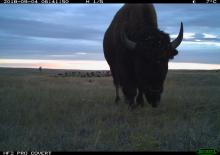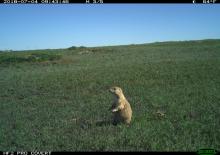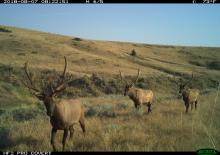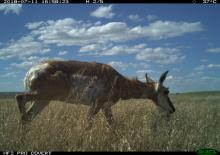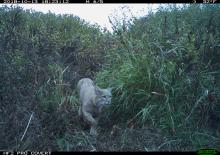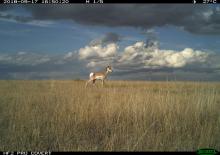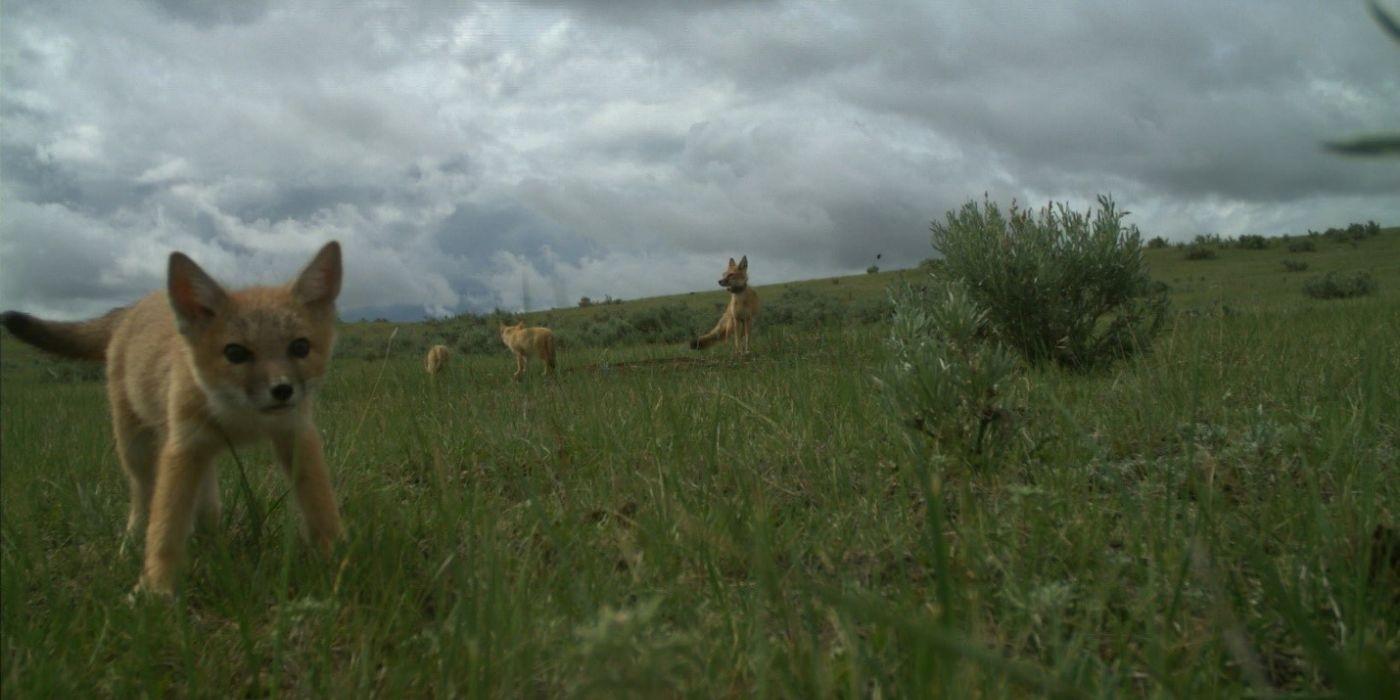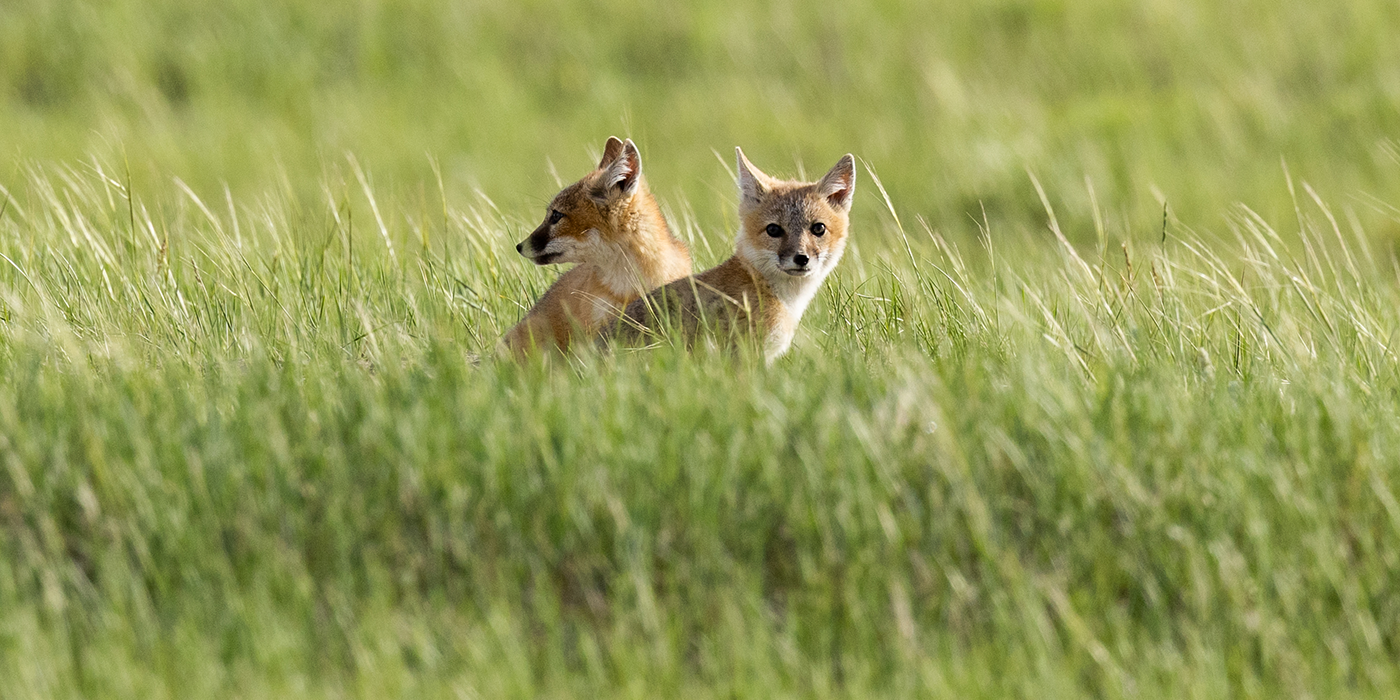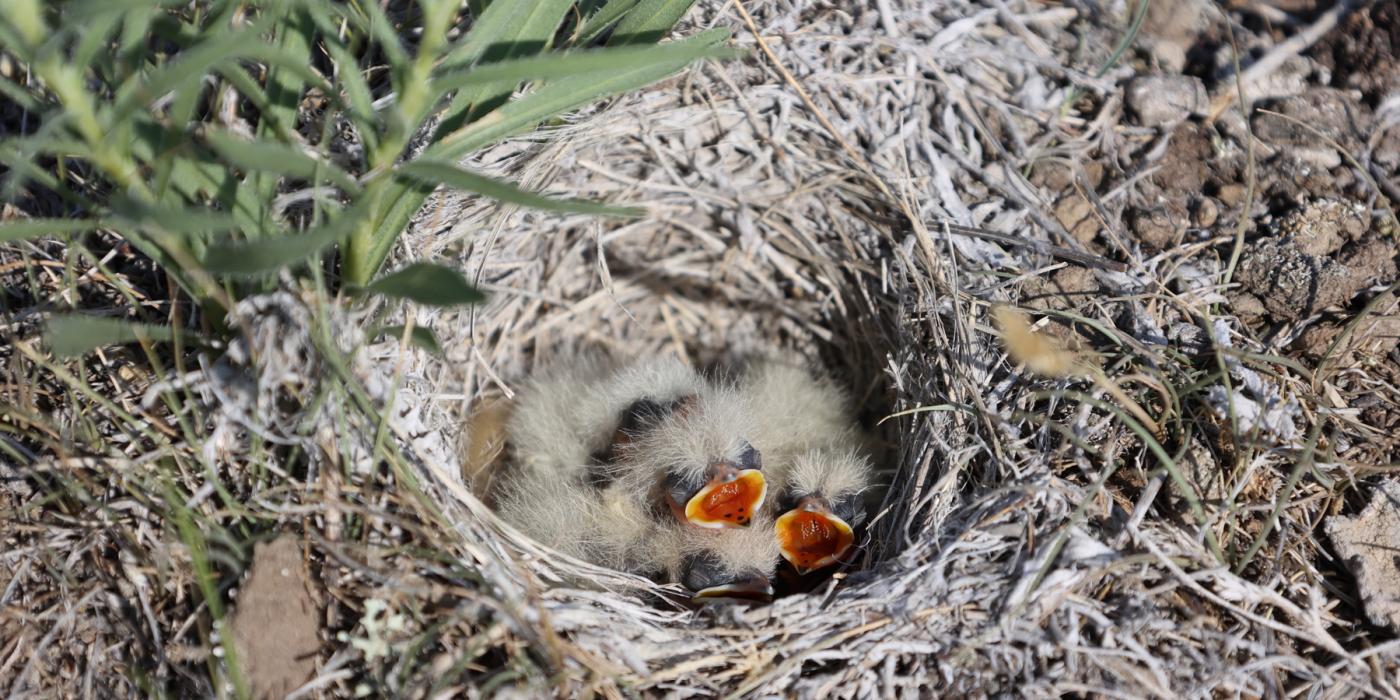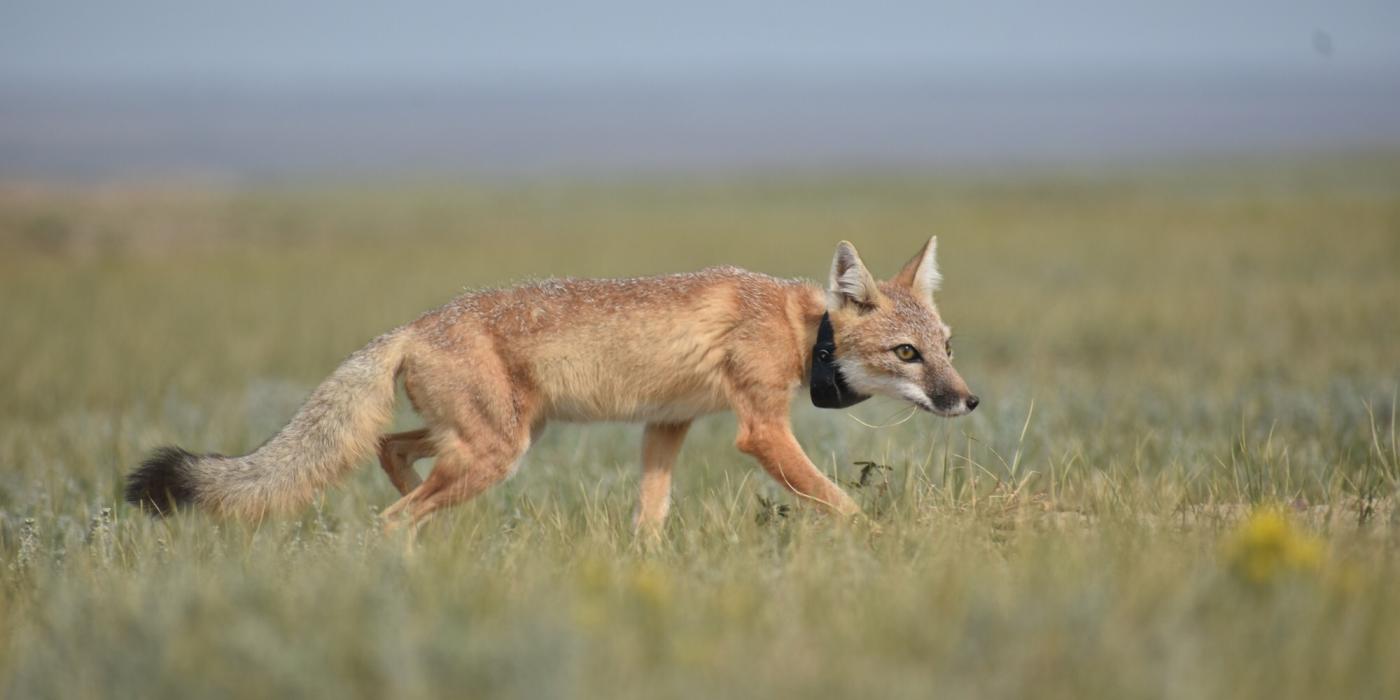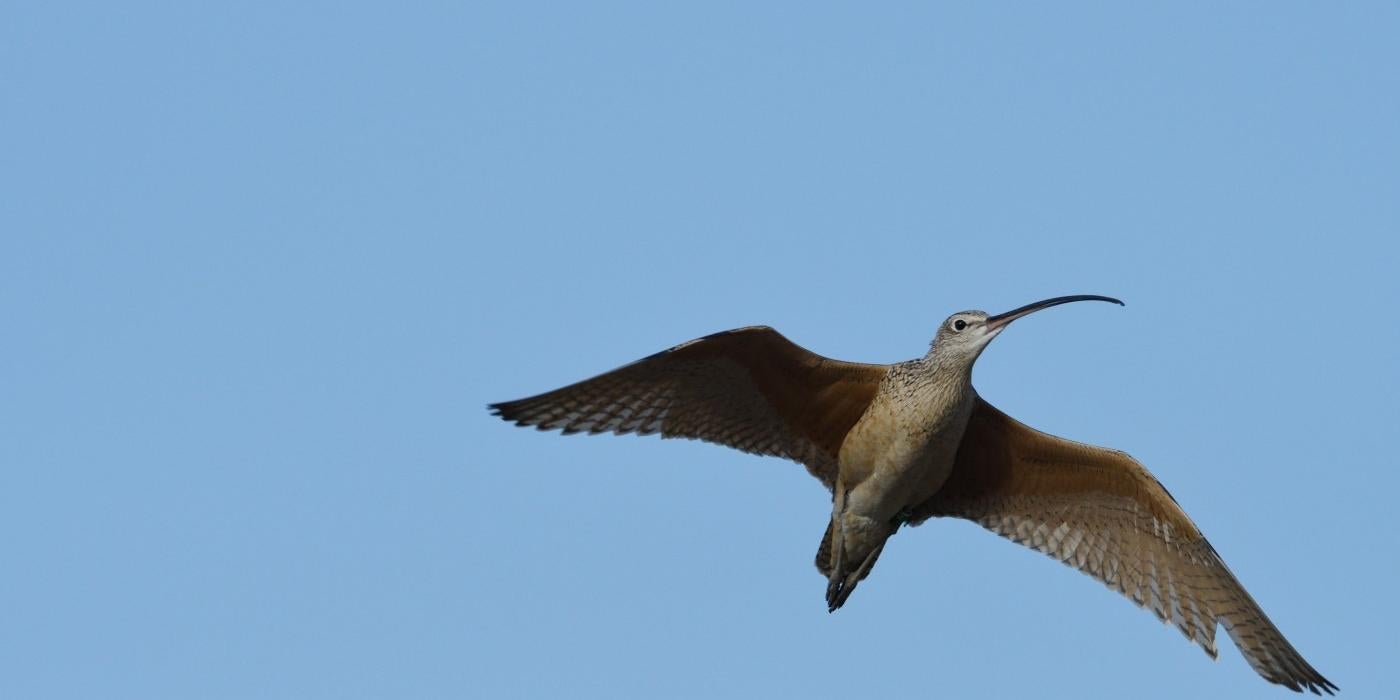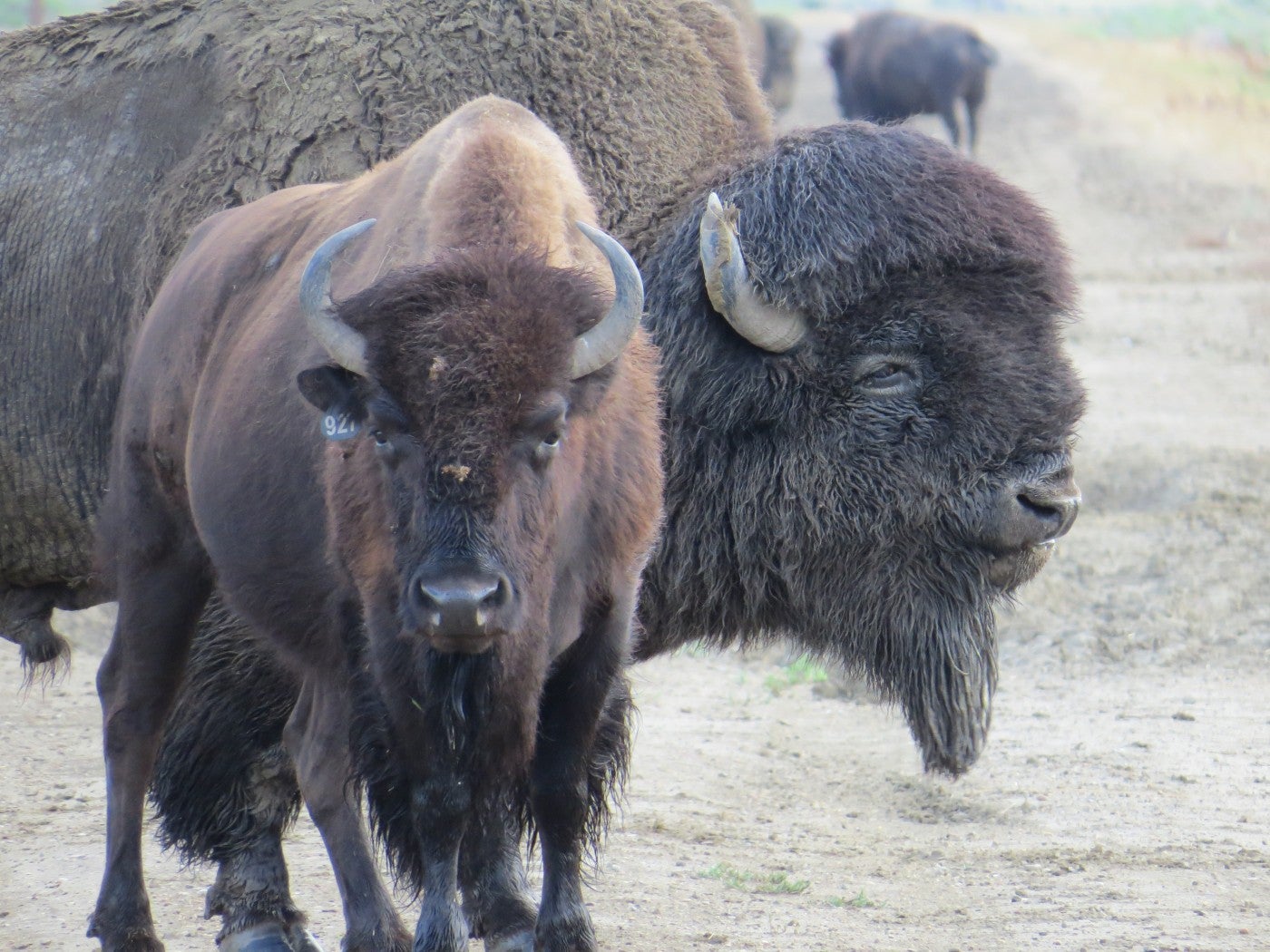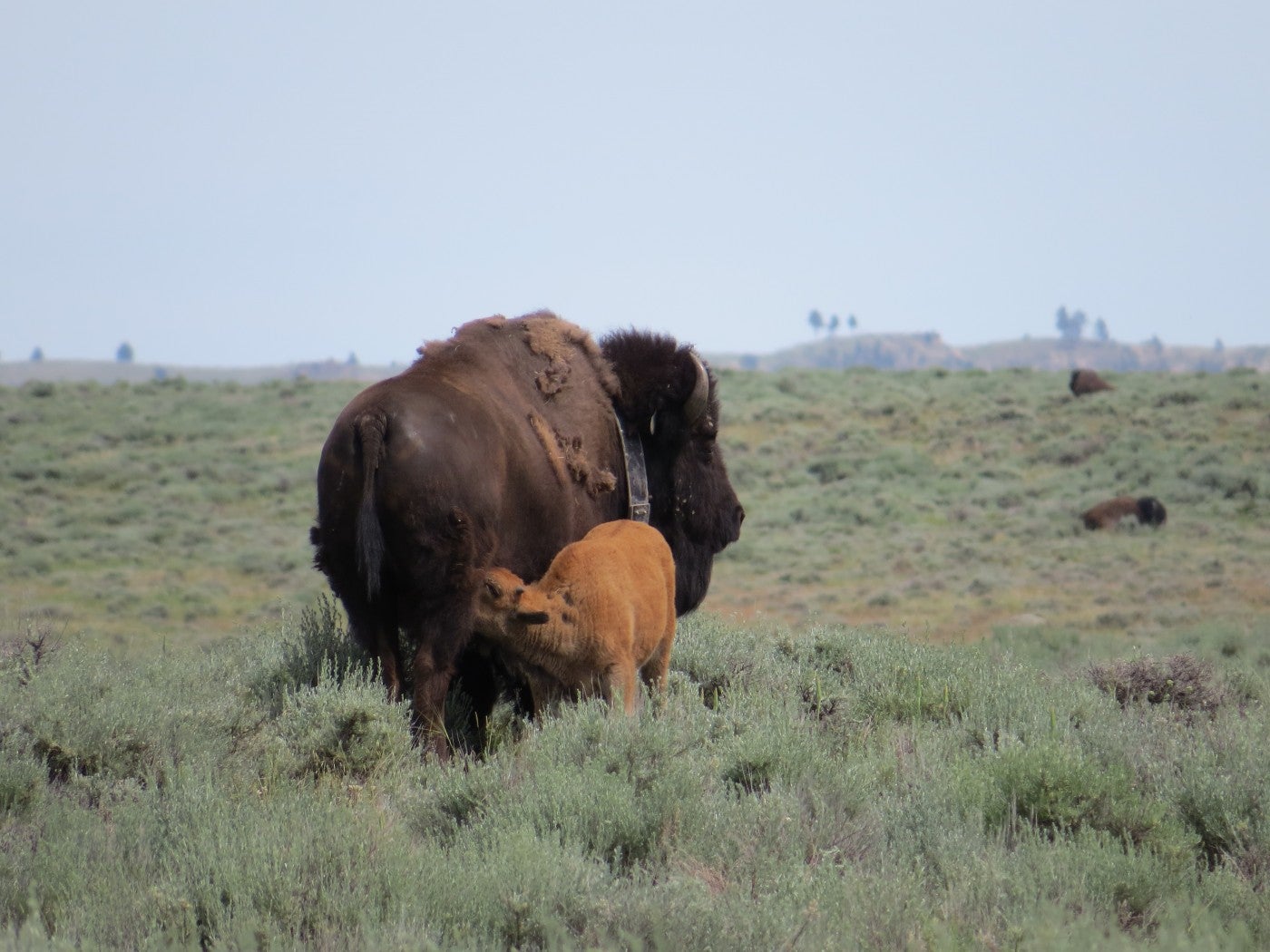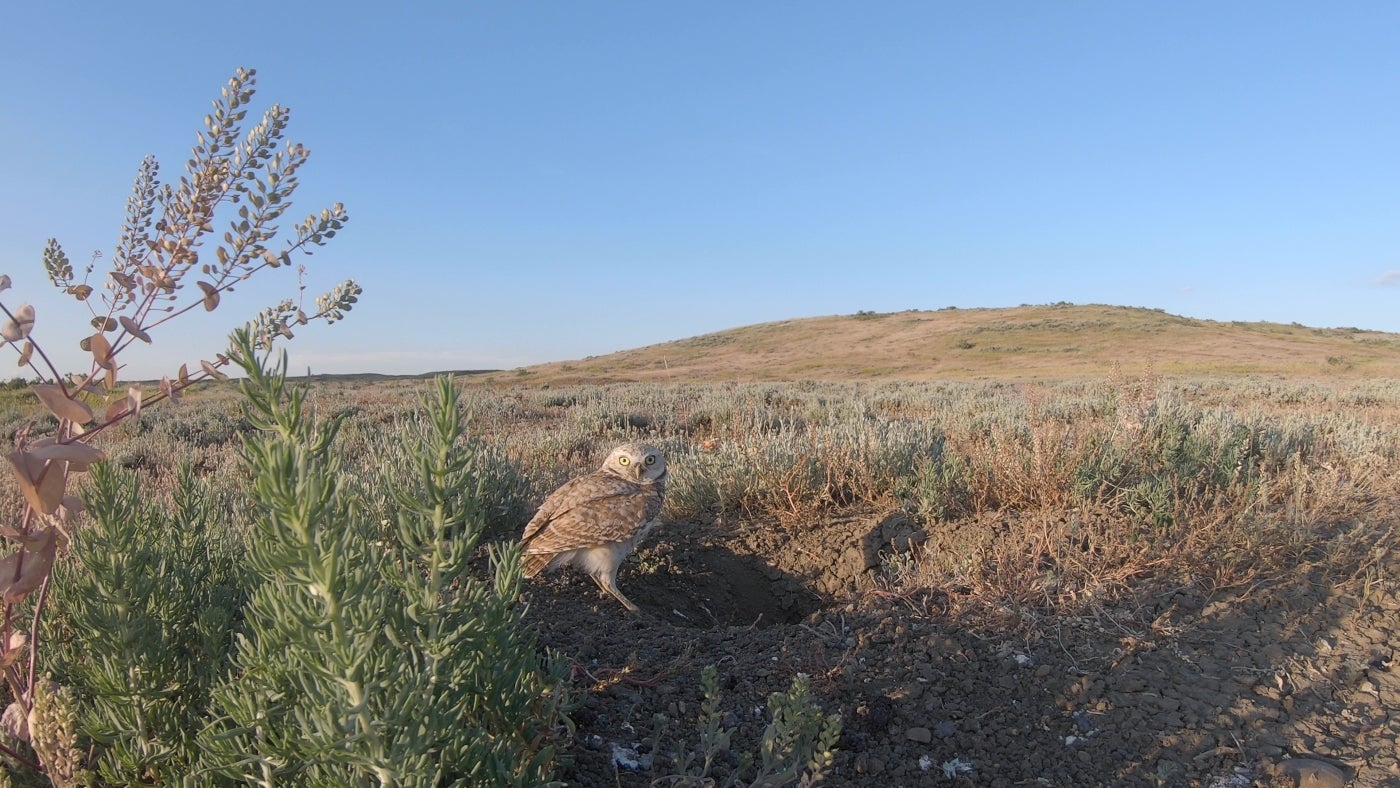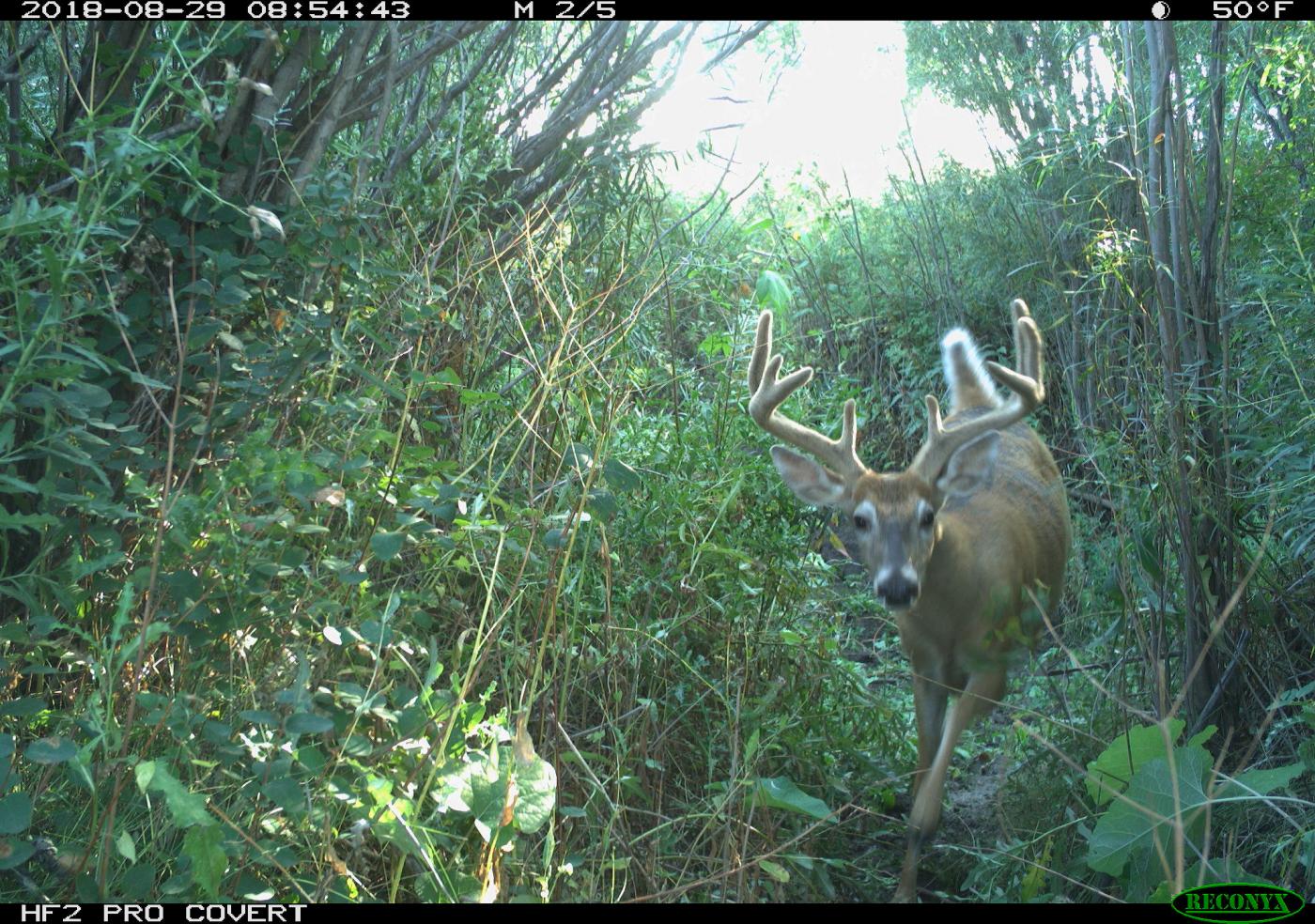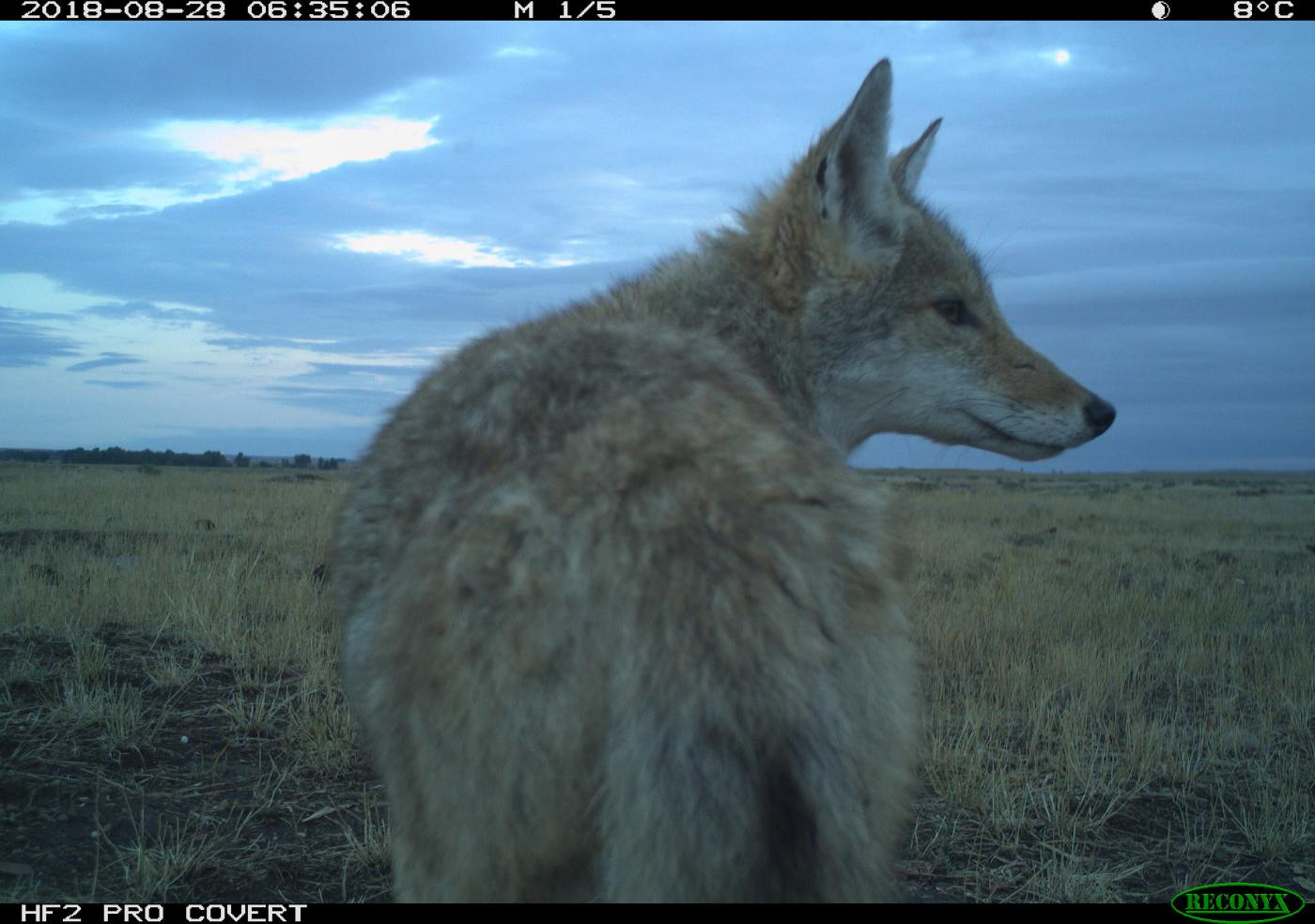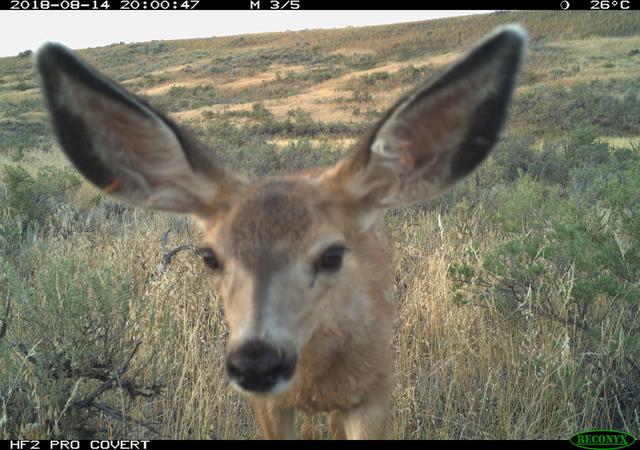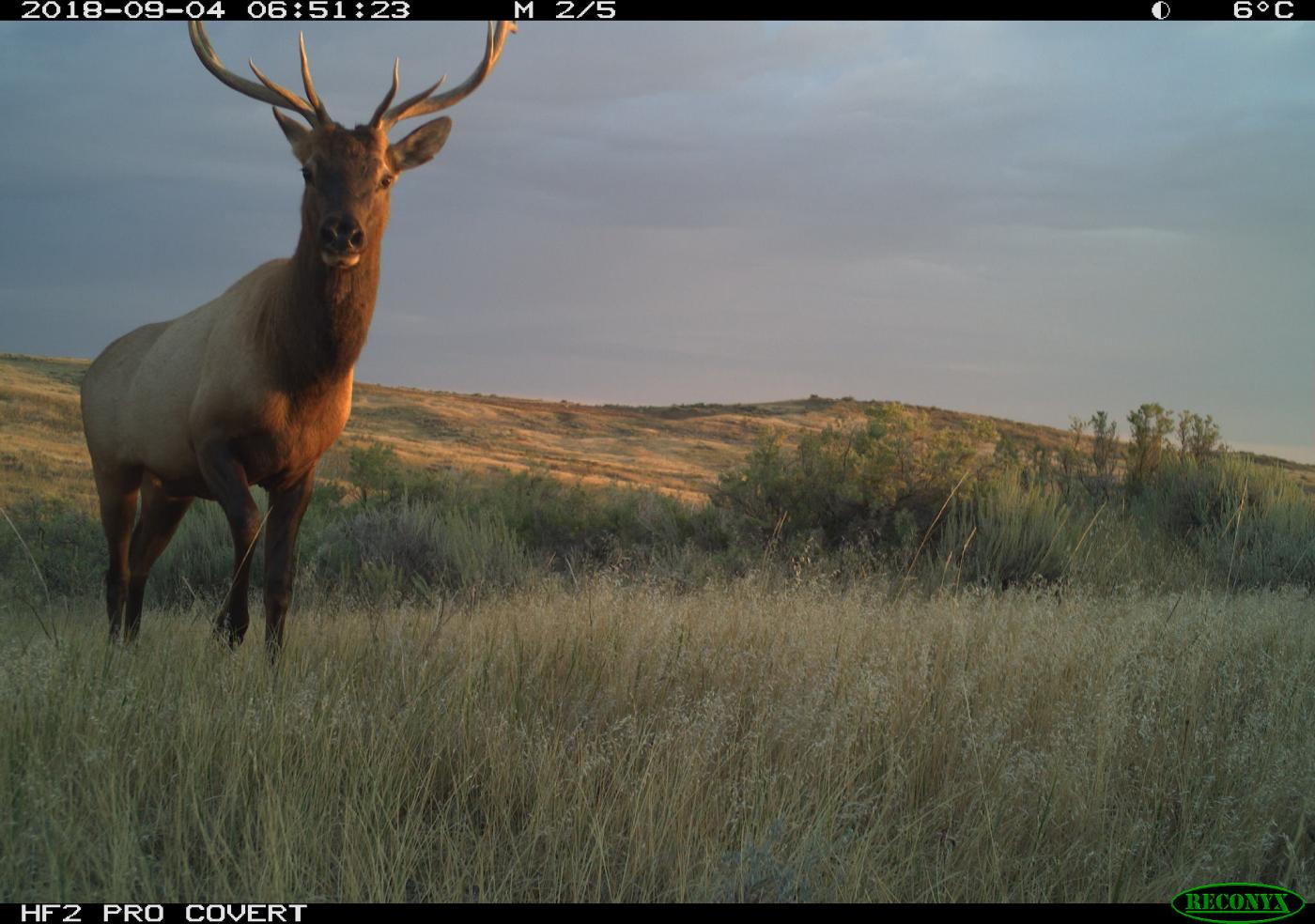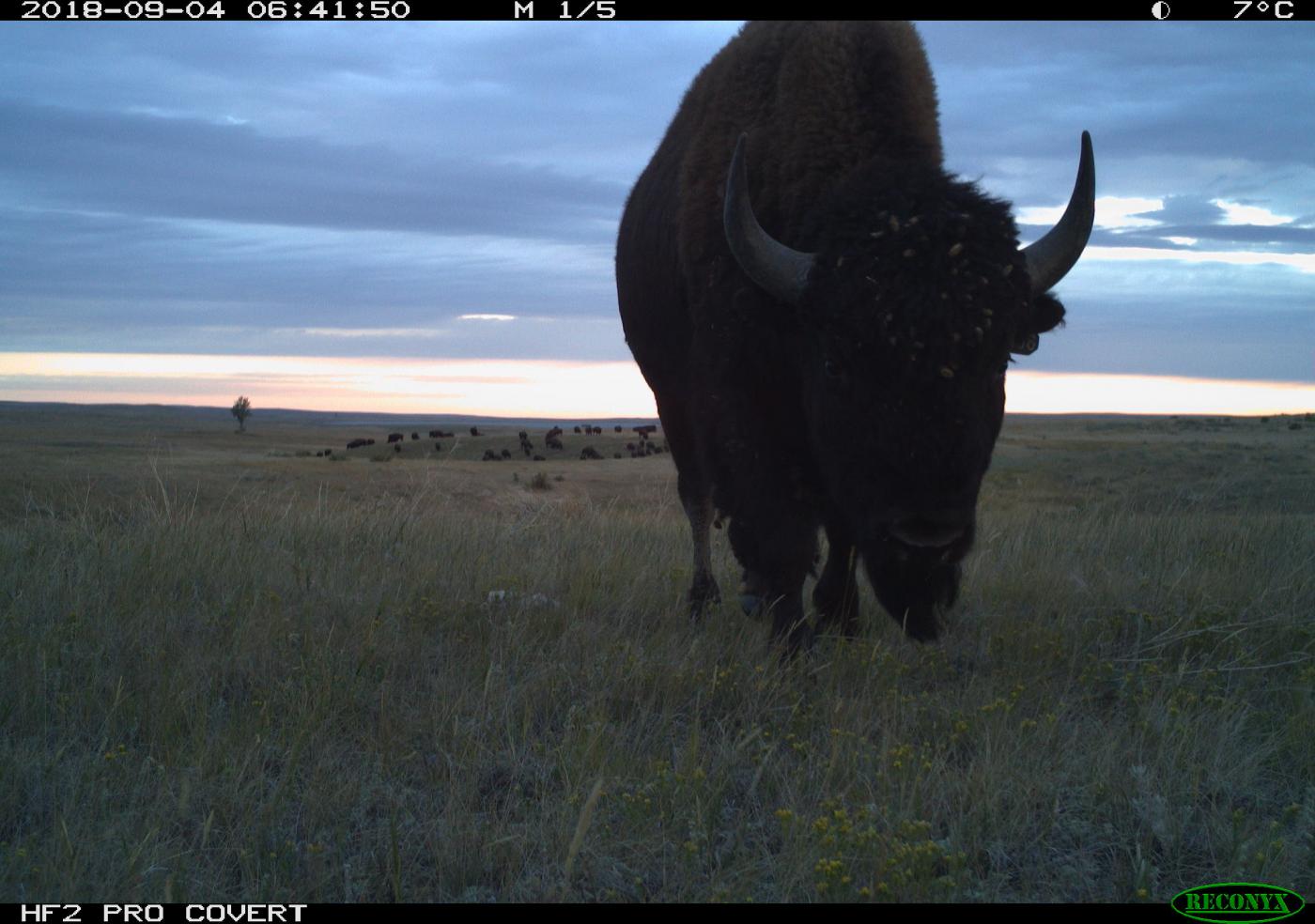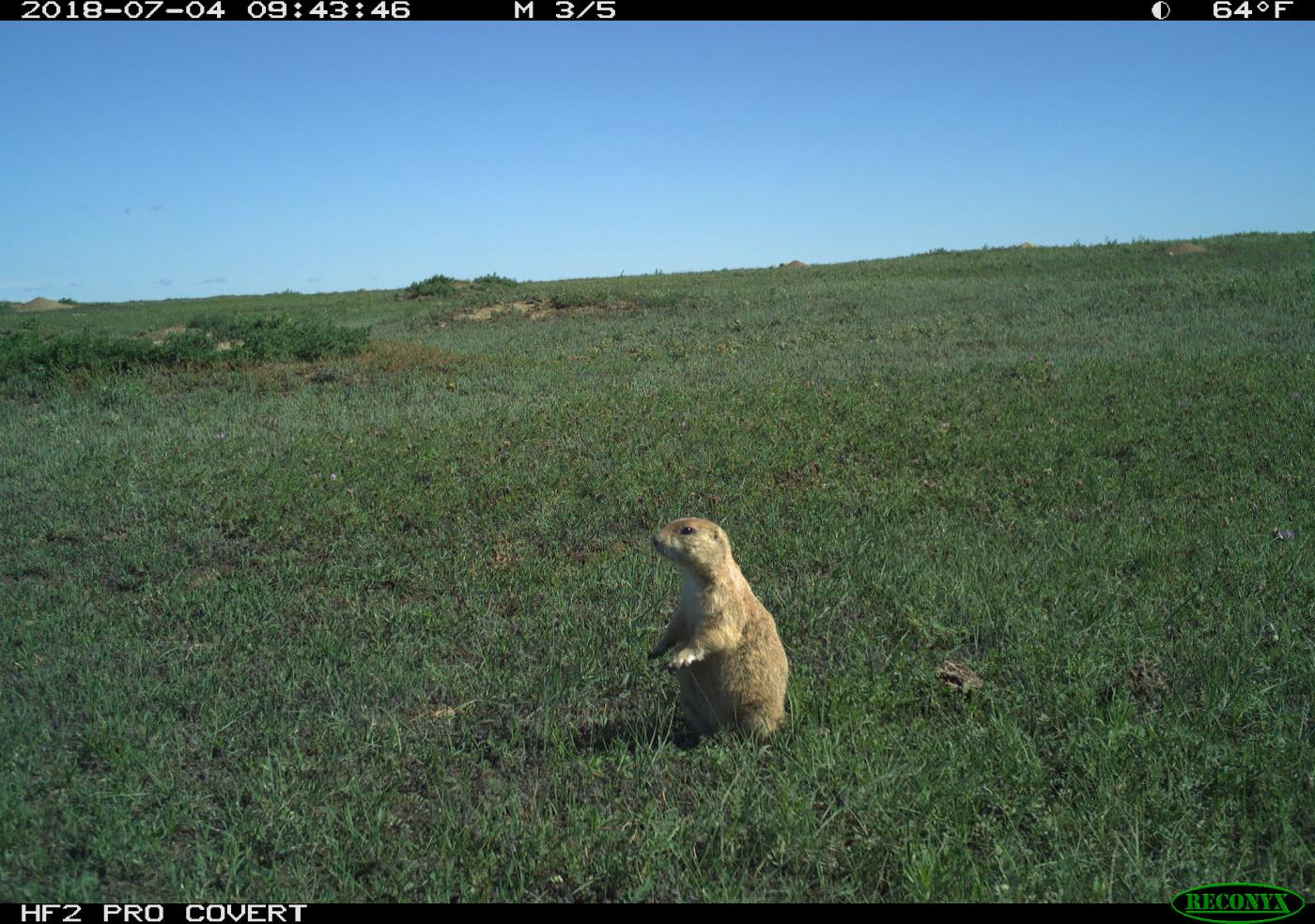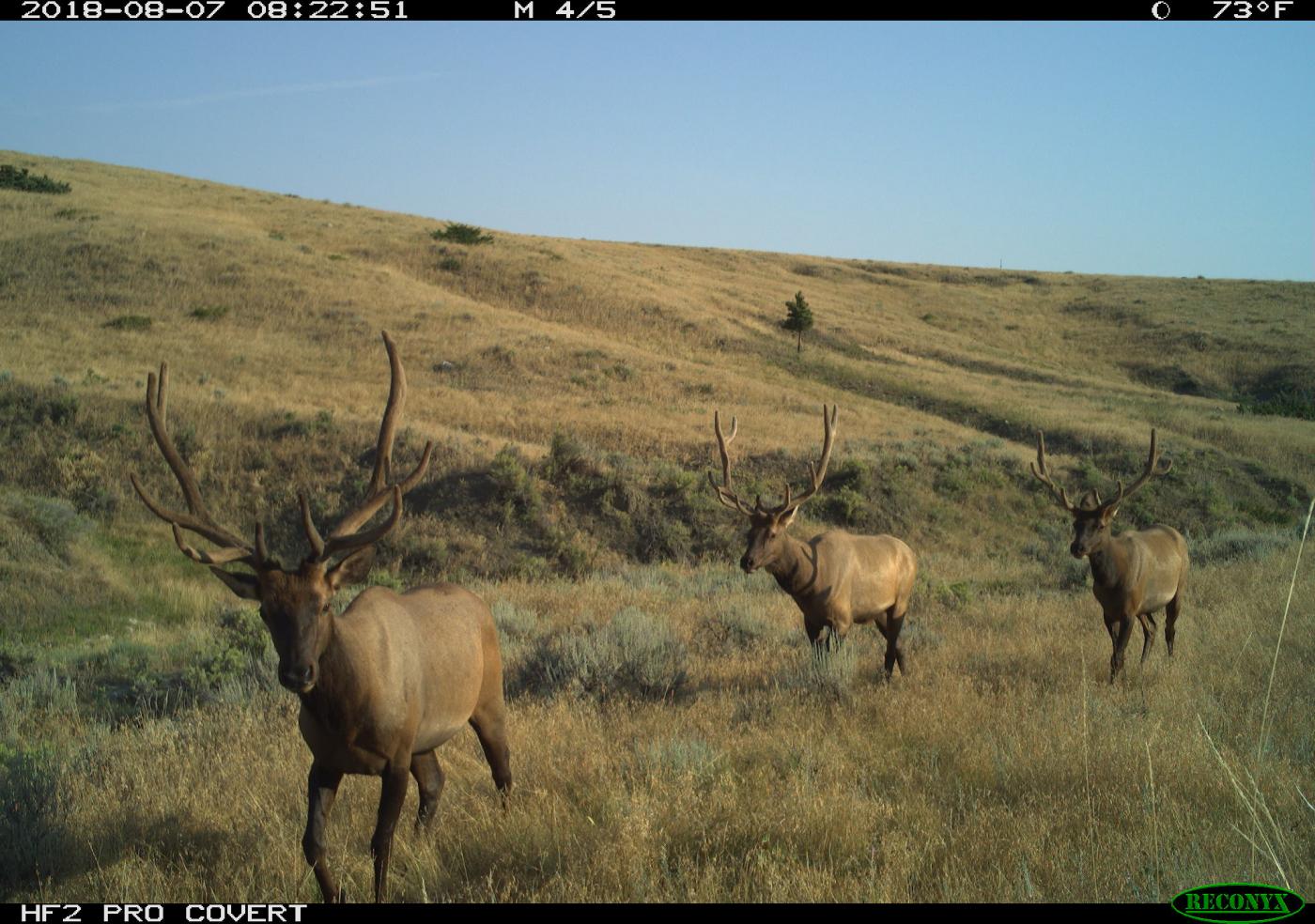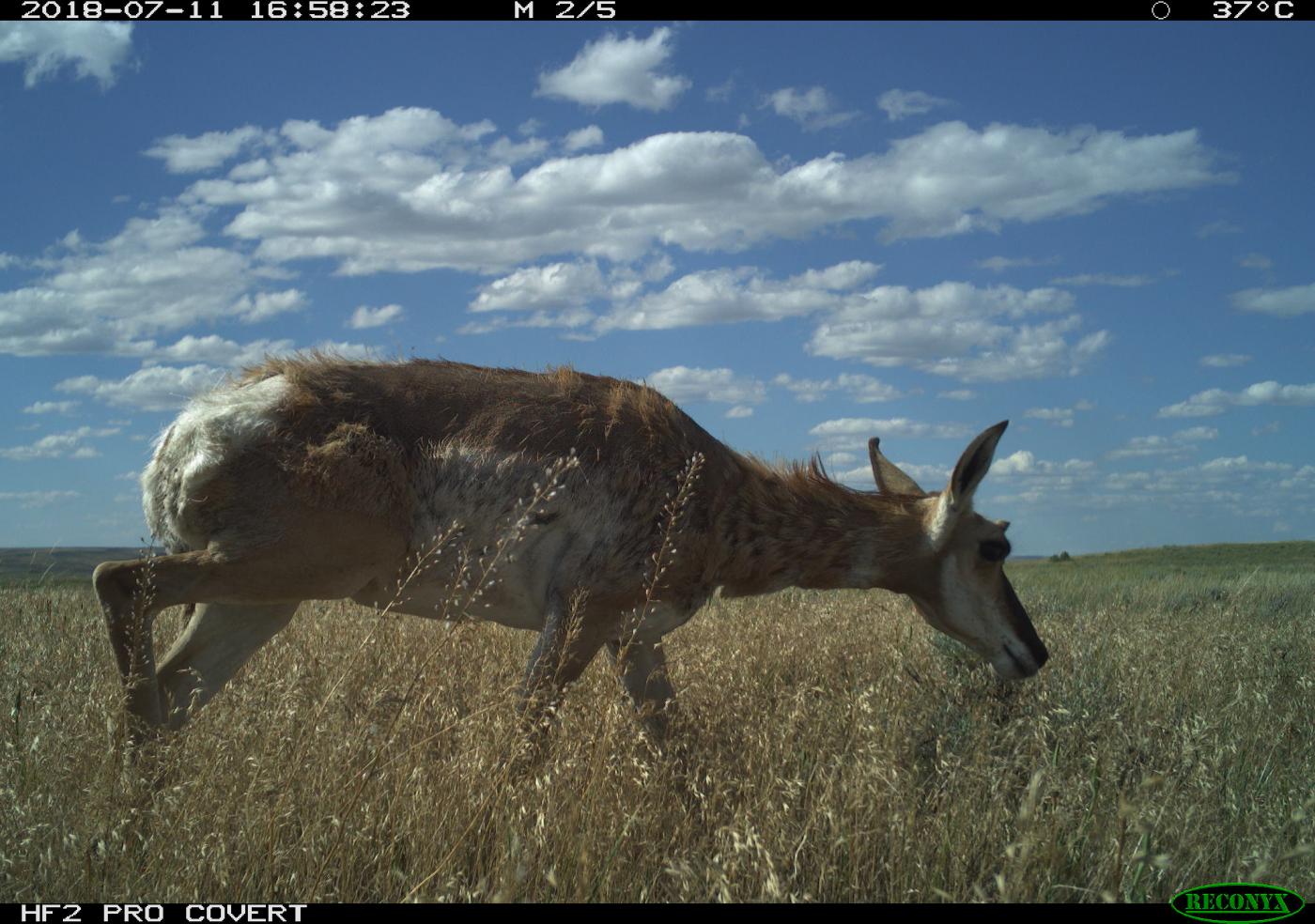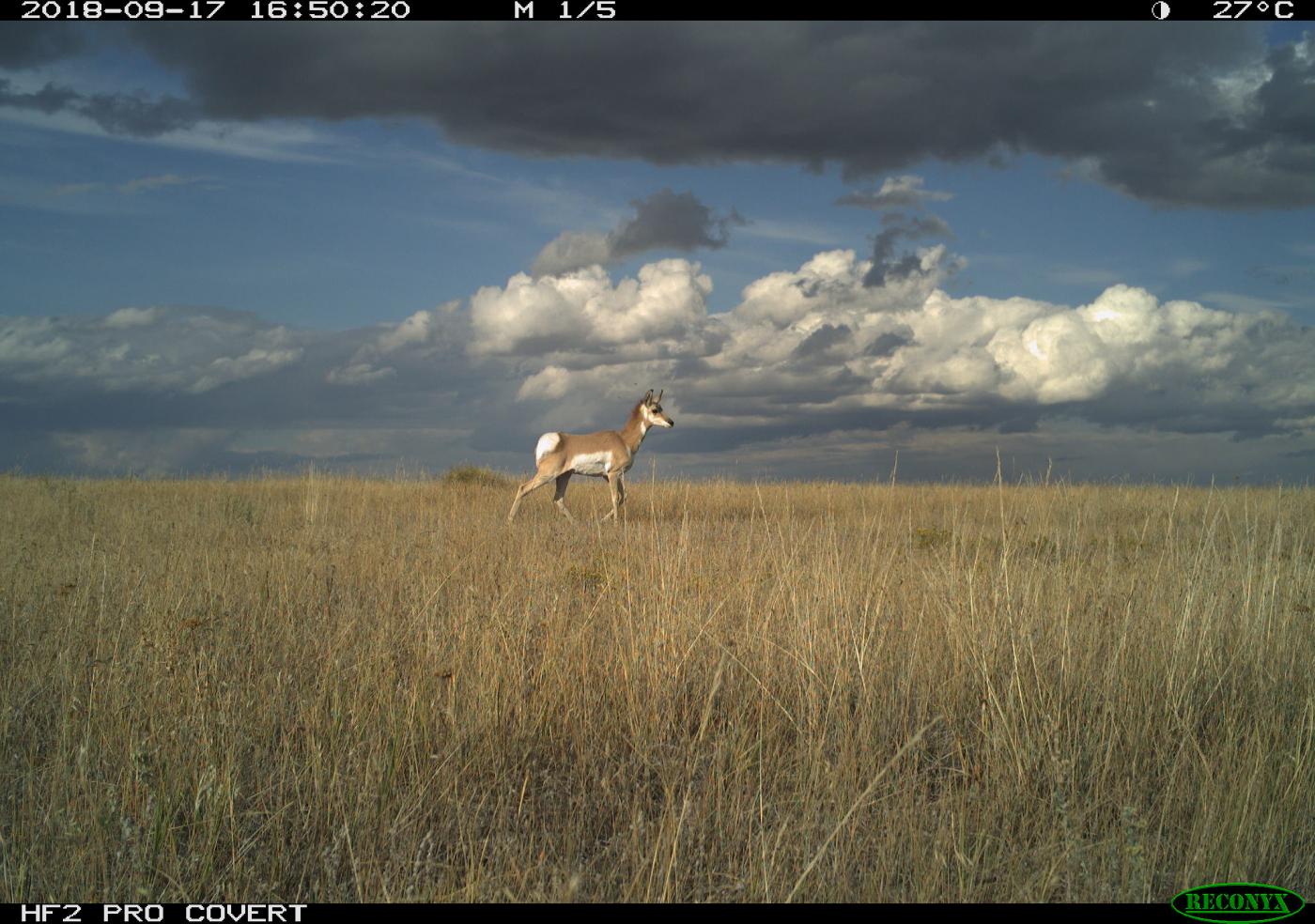Field in Focus is a video series that brings you into the field with Smithsonian scientists working to save species around the globe.
With an ecosystem that supports an abundance of wildlife, from mighty bison to tiny insects, the prairie is one of North America's greatest treasures. But decades of alterations have drastically changed this landscape and impacted the plants and animals that call it home.
Today, Smithsonian scientists are collaborating with the American Prairie in Montana to help understand, restore and preserve this wild landscape. Follow ecologists into the field as they attempt to answer big conservation questions in an even bigger place: the American prairie.
Updates From the Field

Featured Videos
Members of the Aaniiih and Nakoda tribes are working with Smithsonian researchers to restore biodiversity and return Nóouhàh-Toka’na, or the swift fox, to the land.
An overview of the Great Plains Science program as of 2023.
Every hour, solar-powered GPS ear tags tell SCBI scientists where bison on the American Prairie Reserve in Montana roam.
Camera traps help ecologists learn more about the animals living on the prairie.
Using GPS collars, ecologists are tracking bison as they move across the grasslands of Montana.
Ecologists track long-billed curlews with solar-powered, GPS transmitters.
Meet the Team
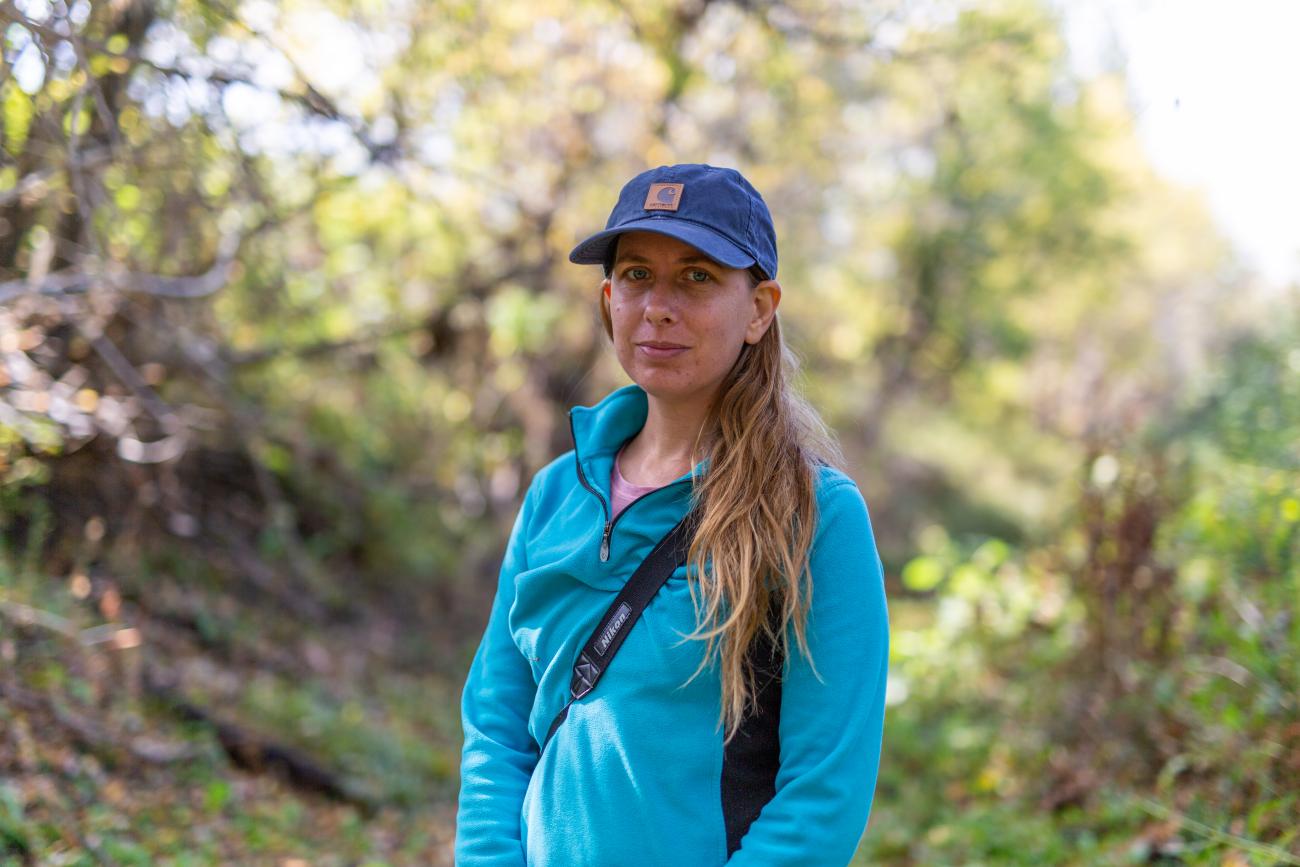
Hila Shamon, Landscape Ecologist
Hila Shamon's focus is on understanding the prairie's ecosystem engineers — the plants and animals that help shape this unique habitat. Her current study revolves around two grassland species: American bison and black-tailed prairie dogs. She uses camera traps, audio recordings, GPS tags and other technology to collect data.
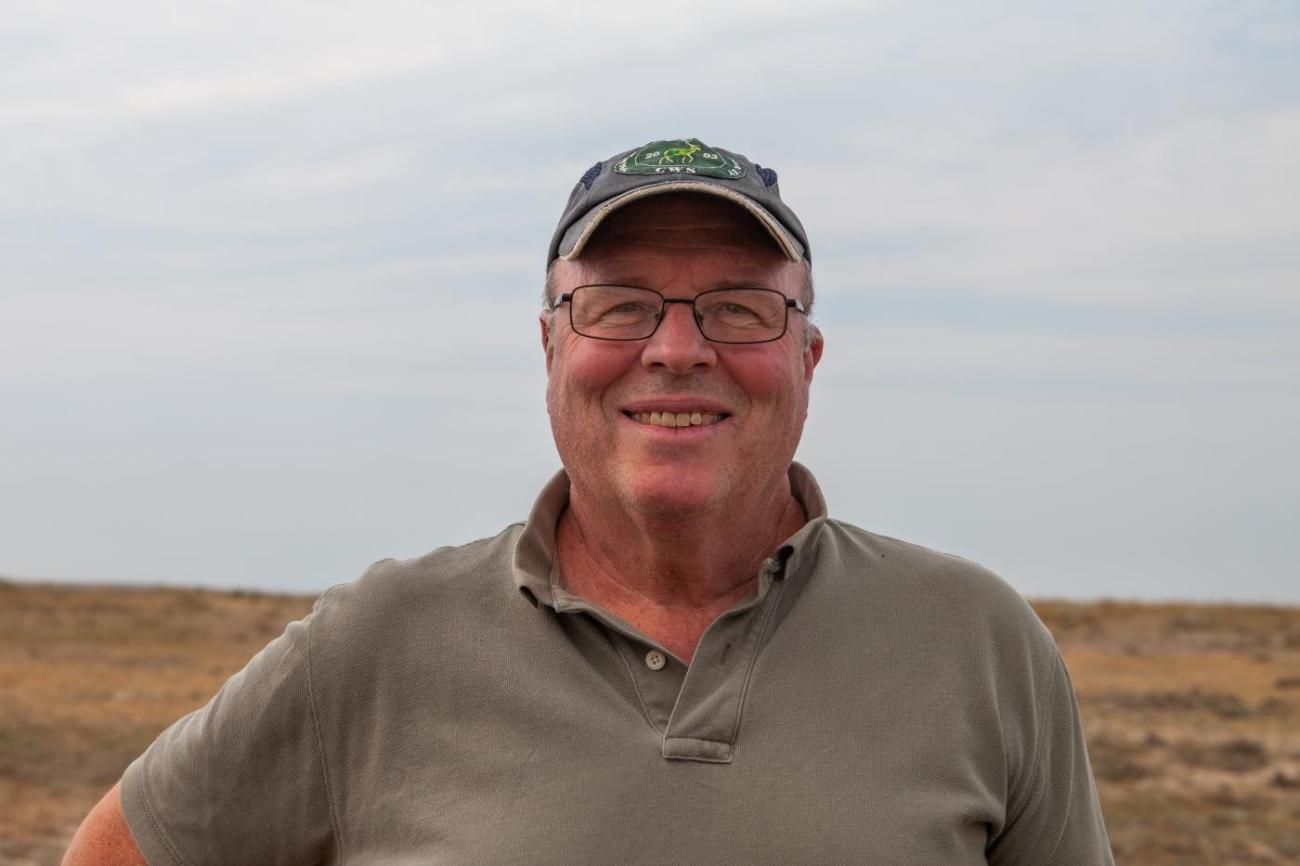
Bill McShea, Wildlife Ecologist
Bill McShea is passionate about wild animals in wild places. His work has taken him around the world, where he has seen firsthand that conservation science is most effective when combined with compassion for the people living with wildlife. His current focus is helping to inform the management of wildlife and forests.
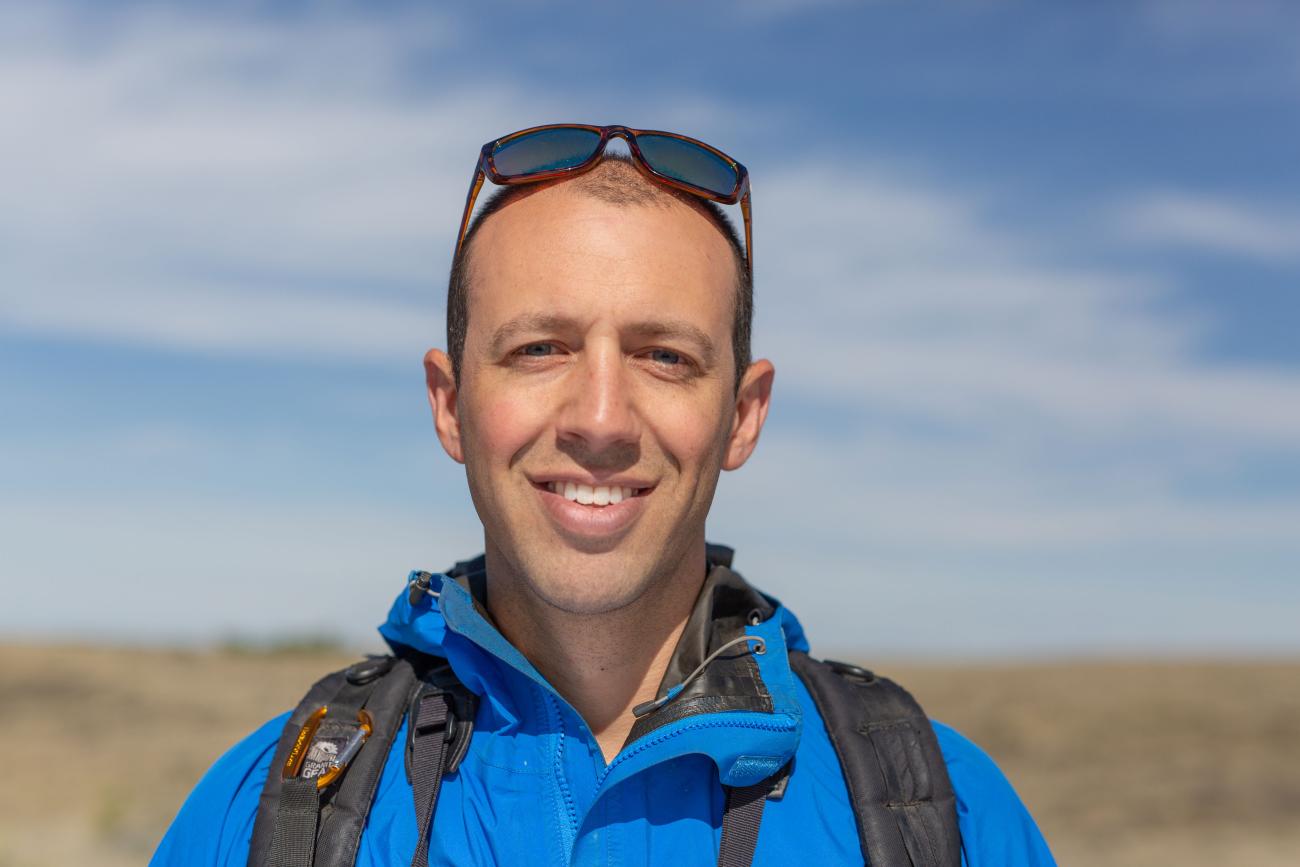
Andy Boyce, Conservation Ecologist
Andy Boyce is interested in just about every aspect of how birds live, where they are found and how evolution shapes the way they reproduce and care for their young. His fascination with birds and biology began in the tropical forests of Venezuela and Borneo, but these days he applies them to a system closer to home — the short-grass prairie and sagebrush steppe of Eastern Montana.
Camera Trap Photo Gallery
Studying wild animals across vast expanses of land is no easy task. Ecologists often employ technology, such as camera traps, to help. These motion-sensitive cameras snap a picture whenever they detect movement, giving researchers extra eyes in the wild.
The camera traps set up around the study site in Montana are deployed 24/7, which allows researchers to gather data without disturbing animals and to collect samples even when they are not in the field. The photos they collect will help build a clearer picture of the ecosystem — what animals are present and when, how species interact, which habitats they prefer and whether their land use changes with the seasons.
Meet some of the residents of the American Prairie Reserve
